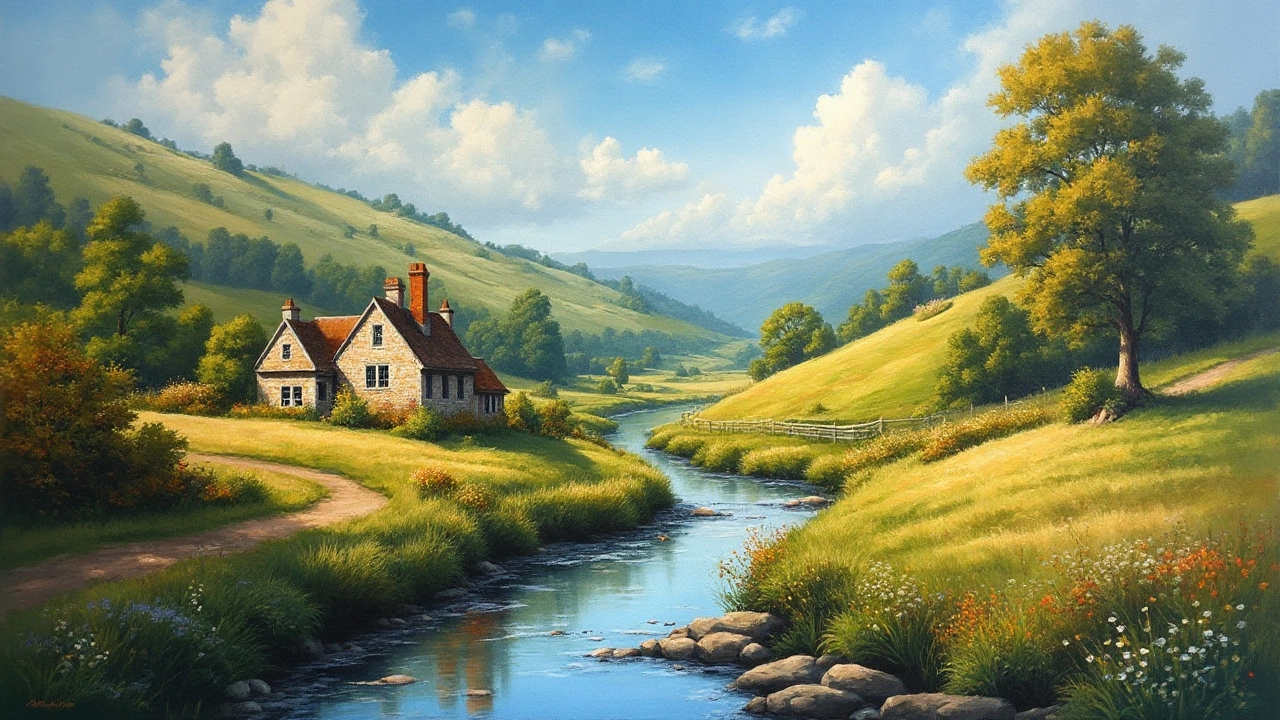Art Components: The Basics Every Artist Should Know
If you’re just getting started or looking to refresh your kit, knowing the right art components can save you time, money, and frustration. This guide breaks down the must‑have tools, the versatile materials, and the simple techniques that turn ordinary supplies into standout work.
Essential Materials for Every Artist
First up, the basics. A good set of brushes is non‑negotiable. For acrylics, synthetic brushes with a medium‑sized flat tip work well for both washes and detail. If you prefer oil, natural‑hair brushes give you smoother blends. Don’t overlook a reliable palette—plastic or wooden, choose one that fits comfortably in your hand and makes color mixing easy.
Next, the paint itself. Acrylics dry fast, clean up with water, and are perfect for beginners. Oils dry slower, allowing more time to blend, but you’ll need solvents for cleanup. Watercolors demand a different approach—look for tubes instead of pans if you want more control over pigment intensity. Test a few brands to see which feel right on your canvas.
Paper and canvas matter too. Heavy‑weight watercolor paper (300 gsm) stops warping when you add a lot of water. For acrylics and oils, a primed canvas or MDF board provides a stable surface. If you like to switch mediums, a mixed‑media pad lets you layer acrylic, ink, and collage without worrying about bleed‑through.
Techniques that Turn Materials into Masterpieces
Now that you’ve got the right supplies, let’s talk technique. One of the easiest tricks is “glazing.” With acrylics, add a tiny drop of water or medium to thin the paint, then apply thin layers over a dry base. The result is depth without heavy brush marks. Oil painters use a similar method, but they rely on linseed oil or turpentine to keep the glaze transparent.
Another go‑to method is “scumbling.” Load a dry brush with a small amount of paint and scrub it lightly over a dry underpainting. This creates texture and lets the underlying color peek through. It’s great for adding atmosphere to skies or rough surfaces to rocks.
If you work with watercolors, try “wet‑in‑wet.” Wet your paper first, then drop pigment in. The colors will flow and blend on their own, mimicking natural watercolor washes. Control the effect by adjusting how much water you use—more water gives softer edges, less water keeps lines sharper.
Don’t forget about simple fixes. Accidentally left a harsh line? Lightly dampen the area with a clean brush and wipe it away before it dries. For oil, a quick scrape with a palette knife can lift unwanted paint without damaging the layer beneath.
Finally, keep your workspace organized. Store brushes upright in a jar with their handles up to prevent bristles from bending. Use labeled containers for pigments and mediums so you can find the right color fast. A tidy studio speeds up the creative process and helps you stay focused.
Whether you’re painting a portrait, sculpting a small piece, or experimenting with digital art, mastering these core art components gives you a solid foundation. With the right tools, quality materials, and a handful of proven techniques, you’ll spend more time creating and less time troubleshooting. Dive in, try a new brush or a fresh glaze, and watch your art evolve.

3 Jan 2025
Landscape painting is a captivating form of visual art that captures the beauty of nature on canvas. Three major components—composition, color, and texture—contribute significantly to the effectiveness of a landscape painting. Understanding and mastering these components can help artists convey mood and depth in their work. This article explores these essential elements, providing interesting facts and helpful tips for artists who wish to enhance their landscape painting skills.
Continue reading...
